Botany Bay: Where histories meet
Allen & Unwin, $39.95 pb, 256 pp
What if?
Tasmania was named Tasmania, instead of Van Diemen’s Land, because of a need to push the island’s history back as far as possible beyond 1803. The Dutch explorer Abel Janszoon Tasman was usefully iconic partly because he had nothing to do with convicts. But yearning for a distant past, a past cut off from the present, was common among nineteenth-century Europeans. As John Stuart Mill remarked, ‘comparing one’s own age with former ages’ was suddenly an everyday habit. The fact that several generations divided Tasman’s visit from British settlement was almost an advantage.
Much the same can be said about Captain Cook and Australia’s eastern mainland. The period between Cook’s arrival and the First Fleet was only eighteen years. But, as with Tasman and Tasmania, that gap provided Australian history with a remarkably broad perspective, another set of stories, another pattern of daily life. Just as some of the great nineteenth-century British novelists – George Eliot, Thomas Hardy – liked to write about the time before railways, Cook gave to Australia an intriguingly unfamiliar dimension.
Continue reading for only $10 per month. Subscribe and gain full access to Australian Book Review. Already a subscriber? Sign in. If you need assistance, feel free to contact us.


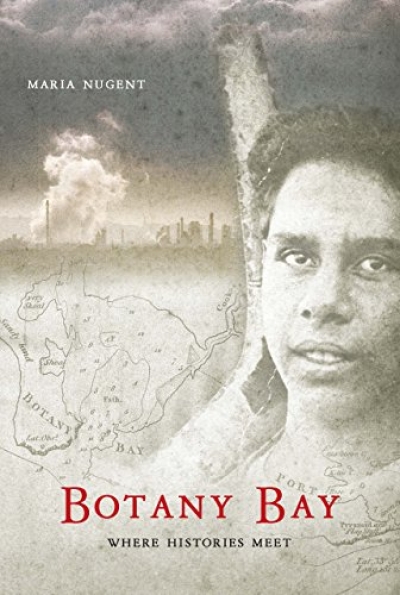
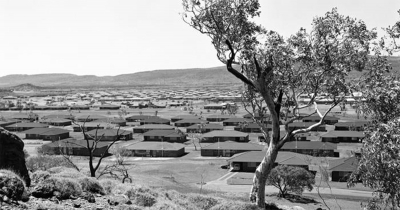


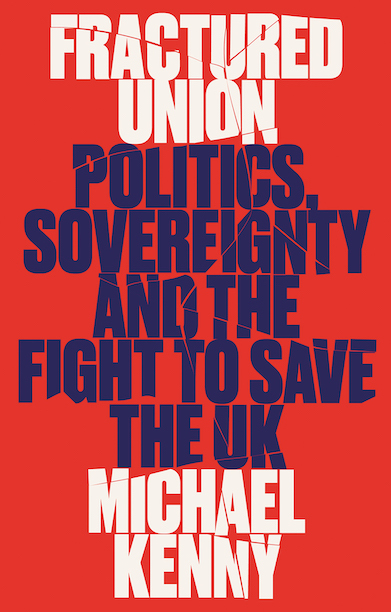
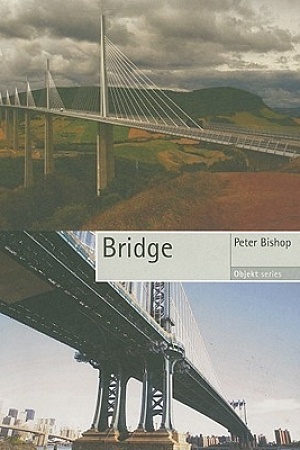
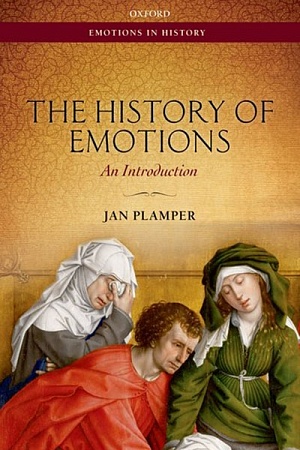
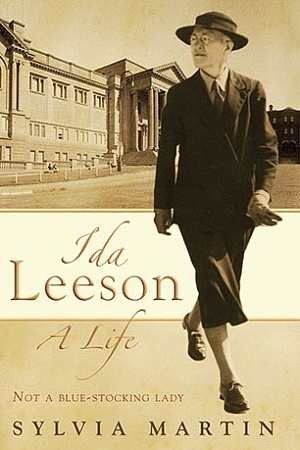
Leave a comment
If you are an ABR subscriber, you will need to sign in to post a comment.
If you have forgotten your sign in details, or if you receive an error message when trying to submit your comment, please email your comment (and the name of the article to which it relates) to ABR Comments. We will review your comment and, subject to approval, we will post it under your name.
Please note that all comments must be approved by ABR and comply with our Terms & Conditions.